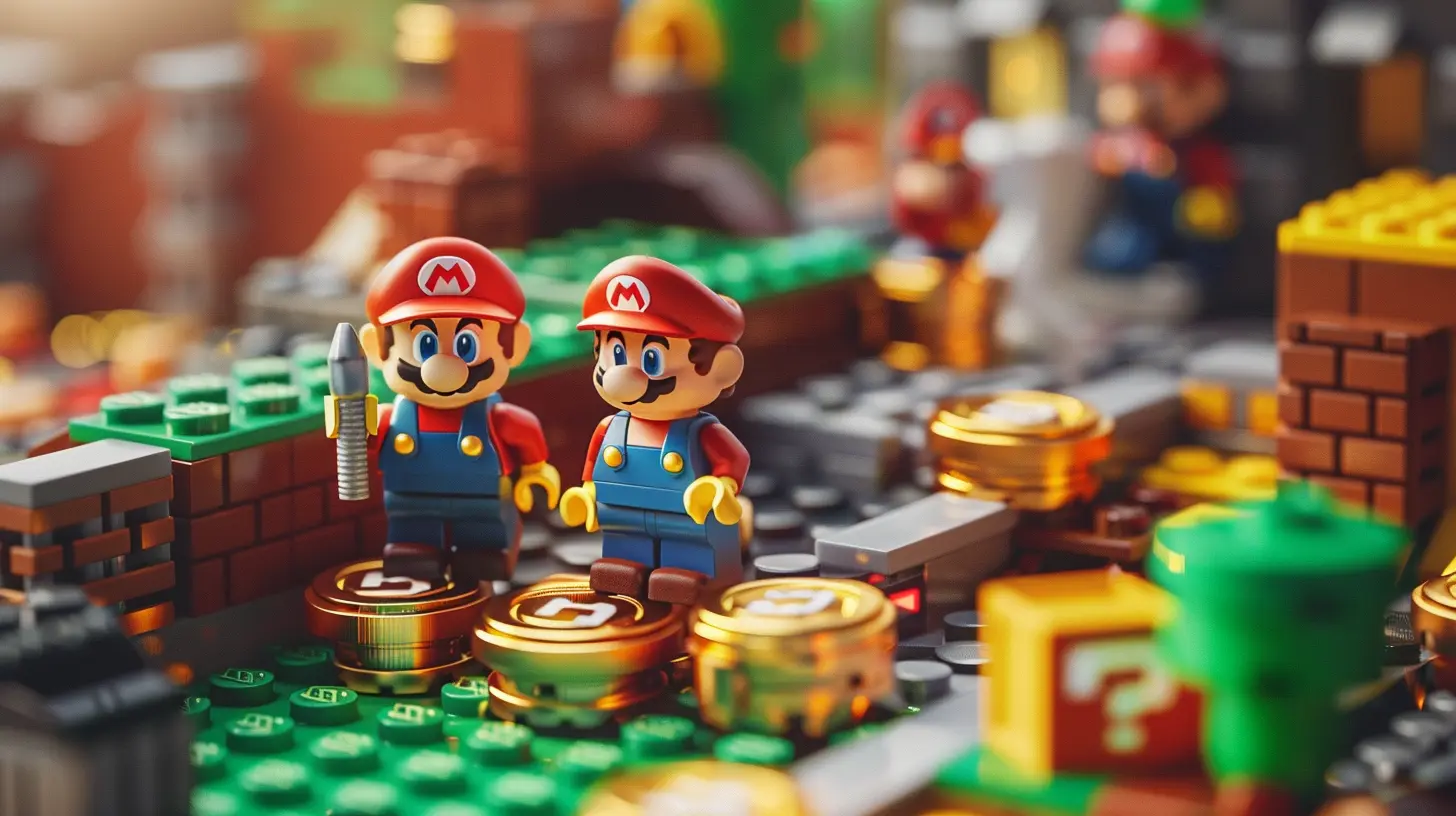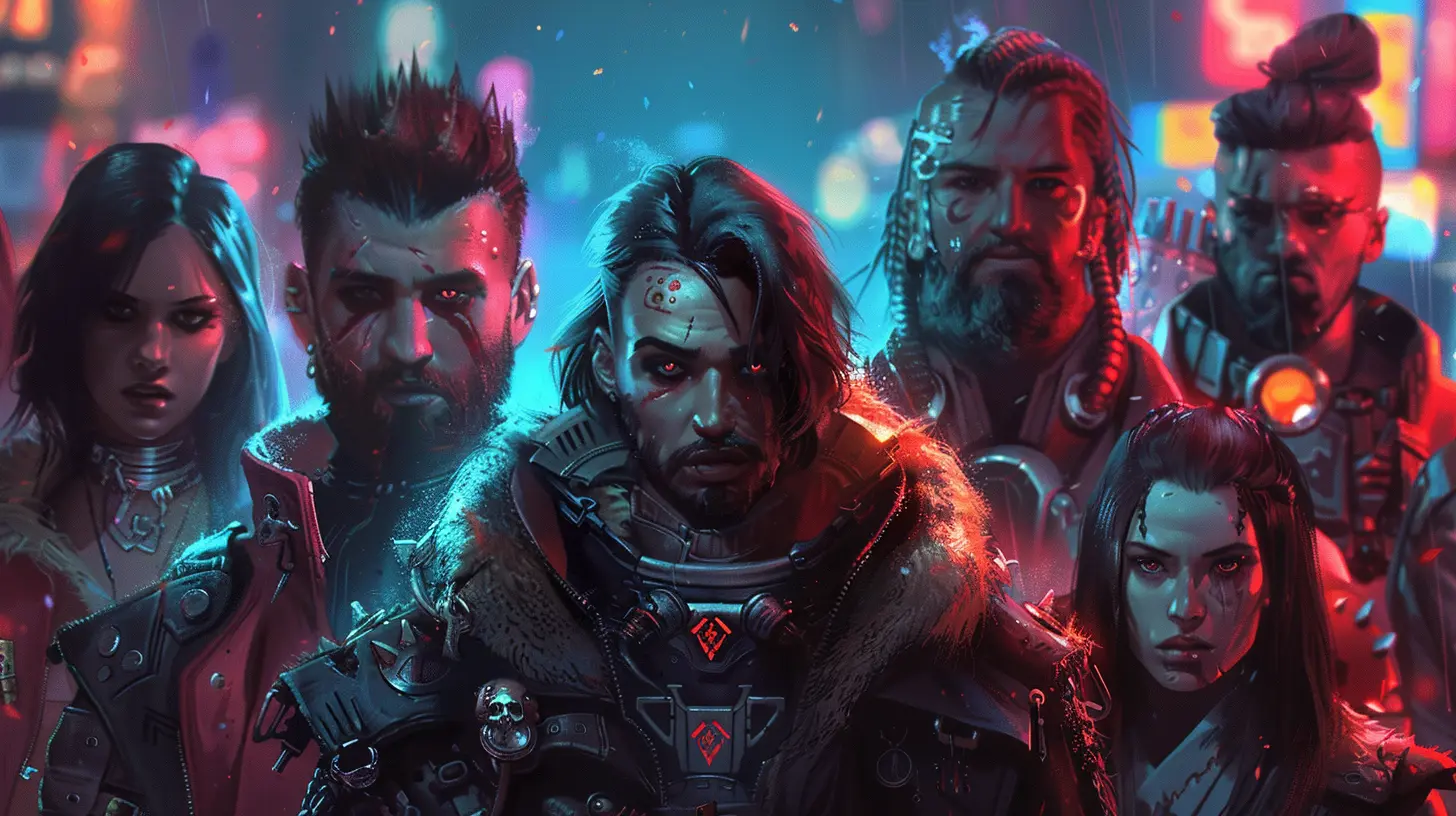The Impact of Microtransactions on Game Reviews and Public Perception
25 July 2025
Over the years, the gaming world has transformed dramatically, giving us jaw-dropping visuals, open-world adventures, and storytelling rivaling blockbuster movies. But along with these advancements, there’s one hot-button issue that has consistently left gamers divided: microtransactions. Love them or hate them, microtransactions have become an integral part of modern gaming. But what impact do they have on game reviews and public perception? Let’s dive deep into this fascinating—and sometimes heated—topic.

Microtransactions 101: What’s the Deal?
Before we get into the nitty-gritty, let’s make sure we’re all on the same page. Microtransactions are those in-game purchases where players spend real money to unlock additional content, like new skins, weapons, or gear. Sometimes, it’s purely cosmetic (making your character look cooler), and other times, it's pay-to-win (giving players who spend money an actual competitive edge).Sounds harmless, right? Not always. While some gamers are fine shelling out a few bucks for extra goodies, others feel microtransactions are like sneaky tollbooths on what should be an open highway.

How Microtransactions Shape Game Reviews
When it comes to reviewing games, microtransactions are often the elephant in the room. Reviewers can’t ignore them, and neither can players. Here’s how they impact game reviews:1. The Good, the Bad, and the Greedy
Not all microtransactions are created equal. Some are thoughtfully implemented, offering optional extras without affecting the core gameplay. Think of "Fortnite"—you can buy flashy skins, but you’re not at a disadvantage if you don’t. Reviewers might give these games a pass, emphasizing that the microtransactions are non-invasive.But then, there’s the dark side: games that feel like cash grabs. Ever played a game where it seems like progression is intentionally slowed down unless you cough up money? Reviewers tend to shred these games apart, calling them out for being overly aggressive with monetization tactics. And let’s be real—nothing kills hype faster than reading, “This game is fun, but it’s pay-to-win.”
2. The Content-Value Equation
Game reviewers also consider whether a game’s microtransactions feel fair in the grand scheme of things. Is the base game worth the initial price tag, or does it feel like half the game is trapped behind an in-game shop? Gamers don’t mind optional purchases when the game itself feels complete. However, when a $60 game feels like it’s nickeling and diming players, expect scathing reviews.3. Community Sentiment: The Ripple Effect
Reviewers often keep an ear to the ground to gauge how the gaming community feels. If there’s an outcry over exploitative microtransactions (remember “Star Wars Battlefront II”?), that backlash often makes its way into the reviews. In this way, public perception heavily influences how microtransactions are discussed in professional reviews.
Public Perception: A Love-Hate Relationship
Now let’s talk about you and me—the gamers. Public perception of microtransactions is a mixed bag. While some players are okay with them, others treat them like a red flag. Why is this such a polarizing issue?1. The Free-to-Play Paradigm
Microtransactions are most widely accepted in free-to-play games. Why? Because players understand that developers need to make money somehow. It’s like getting a free sample at a store, and if you like it, you’re willing to pay for the full meal. Games like “League of Legends” have nailed this model, providing free gameplay while monetizing cosmetics or extras.But when paid games adopt this same approach, it rubs people the wrong way. Imagine buying a meal at a fancy restaurant, only to realize you have to pay extra for utensils. That frustration is often echoed in public forums and social media whenever microtransactions feel exploitative.
2. The Psychology of FOMO
Let’s not underestimate the psychological tactics behind microtransactions. Many games use fear of missing out (FOMO) to nudge players into spending. Limited-time offers, exclusive skins, and battle passes create a sense of urgency. Sure, it’s effective from a business standpoint, but it can feel manipulative. Gamers often voice their dissatisfaction online, rallying others in forums or dropping negative reviews.3. The Impact on Gaming Culture
Microtransactions don’t just affect wallets—they also influence gaming culture. For some players, they feel like a necessary evil. After all, they keep developers funded and games updated. But for others, they represent a shift toward prioritizing profits over player experience. This divide has sparked countless debates on Reddit, Twitter, and even YouTube, shaping how people perceive certain games or studios.
Case Studies: When Microtransactions Go Right (and Wrong)
It’s hard to talk about microtransactions without calling out a few specific games. So, let’s break down some real-world examples.The Ugly: “Star Wars Battlefront II”
Ah, "Battlefront II"—the poster child for microtransaction controversy. When the game first launched, progression was tied heavily to loot boxes, which players could buy with real money. It didn’t help that unlocking key characters, like Darth Vader, required an absurd amount of grinding unless you paid up. The backlash was swift, intense, and relentless. Public outcry was so loud that developers overhauled the system, but by then, the damage was done.The Gold Standard: “Fortnite”
Love or hate “Fortnite,” it’s hard to deny they’ve cracked the code for microtransactions. Epic Games struck the perfect balance between monetization and player satisfaction. You can buy cosmetics, emotes, and battle passes, but none of it gives you a gameplay advantage. Players feel like they’re getting value, and the game still makes billions. Win-win.The Mixed Bag: “Genshin Impact”
“Genshin Impact” thrives on a gacha system, where players spend currency (earned or purchased) for random rewards. While many applaud the game’s breathtaking visuals and content, some criticize its reliance on RNG (random number generator) mechanics, which can tempt players to overspend. Public perception here is a tug-of-war—fans argue the game is generous with free rewards, while critics say it leans too heavily on gambling-like mechanics.Are Microtransactions Here to Stay?
As much as some gamers wish microtransactions would disappear, that’s unlikely to happen. They’ve become a cornerstone of the gaming industry’s business model, generating billions annually. What’s more likely is that developers and publishers will (hopefully) learn to implement them in ways that feel less greedy and more consumer-friendly.But here’s the kicker: we, the players, hold more power than we realize. When we collectively push back against exploitative practices, studios take notice. Games like “Battlefront II” and even “Cyberpunk 2077” show that vocal communities can spark real change.
Conclusion: It’s Complicated
The impact of microtransactions on game reviews and public perception is as multi-layered as a triple-decker sandwich. On one hand, they’re a lucrative way for developers to fund games and keep content flowing. On the other hand, they’ve often been a source of frustration, backlash, and debate.So, where do we go from here? As gamers, we have the power to shape what’s acceptable by voting with our wallets and voices. And as for developers? The key lies in finding that sweet spot where microtransactions add value without feeling predatory. Because at the end of the day, gaming should be about fun—not just funds.
all images in this post were generated using AI tools
Category:
MicrotransactionsAuthor:

Avril McDowney
Discussion
rate this article
1 comments
Zorina McKittrick
Microtransactions can tarnish even the best games, skewing reviews and frustrating players. Developers need to balance monetization with genuine player experience to maintain trust and credibility.
August 15, 2025 at 5:09 AM

Avril McDowney
Thank you for your insight! Balancing monetization and player experience is crucial for maintaining trust and ensuring a game's success. It's a challenge that developers must navigate carefully.


